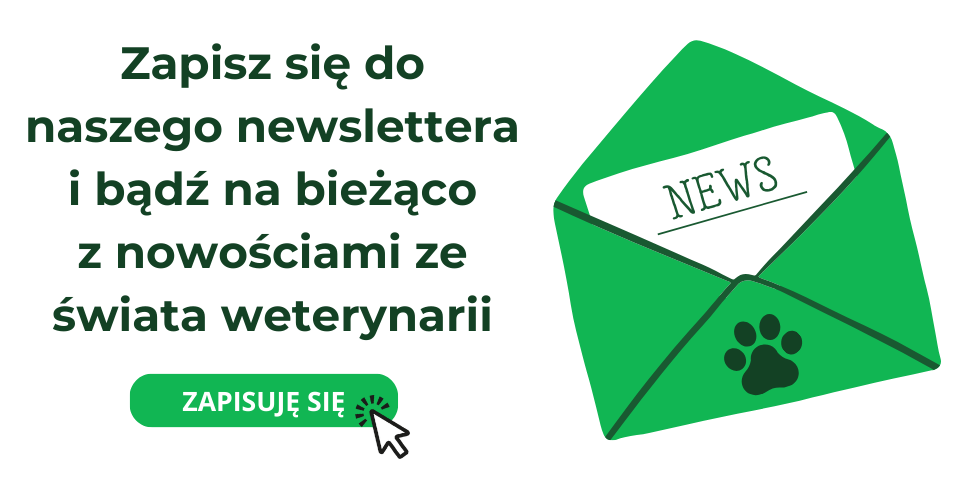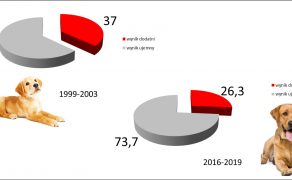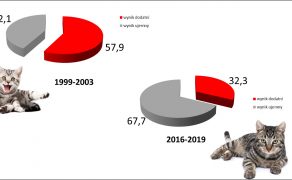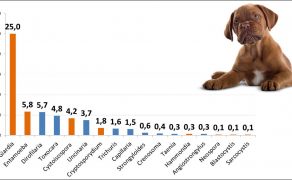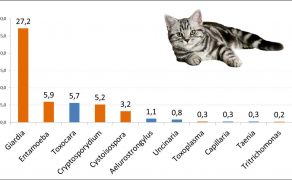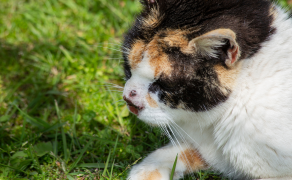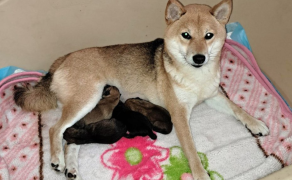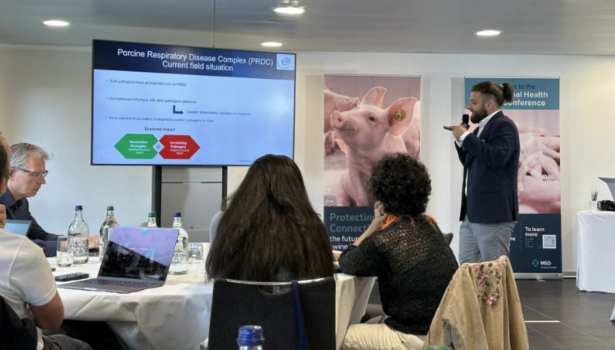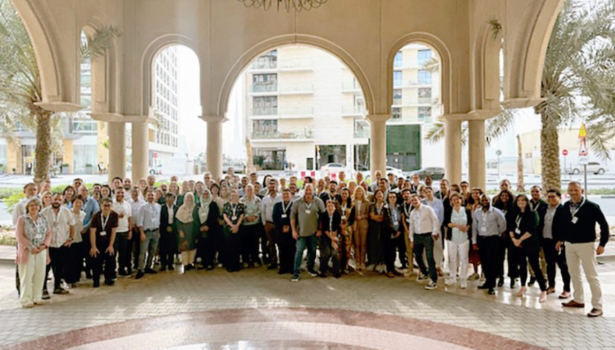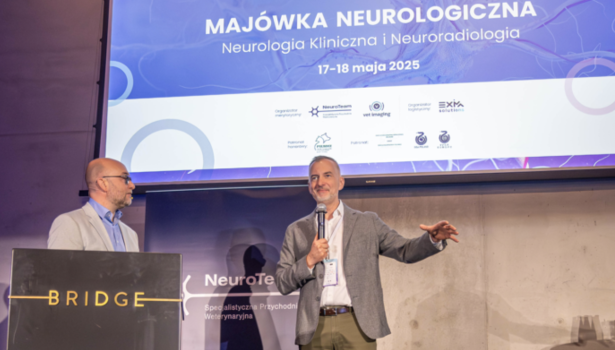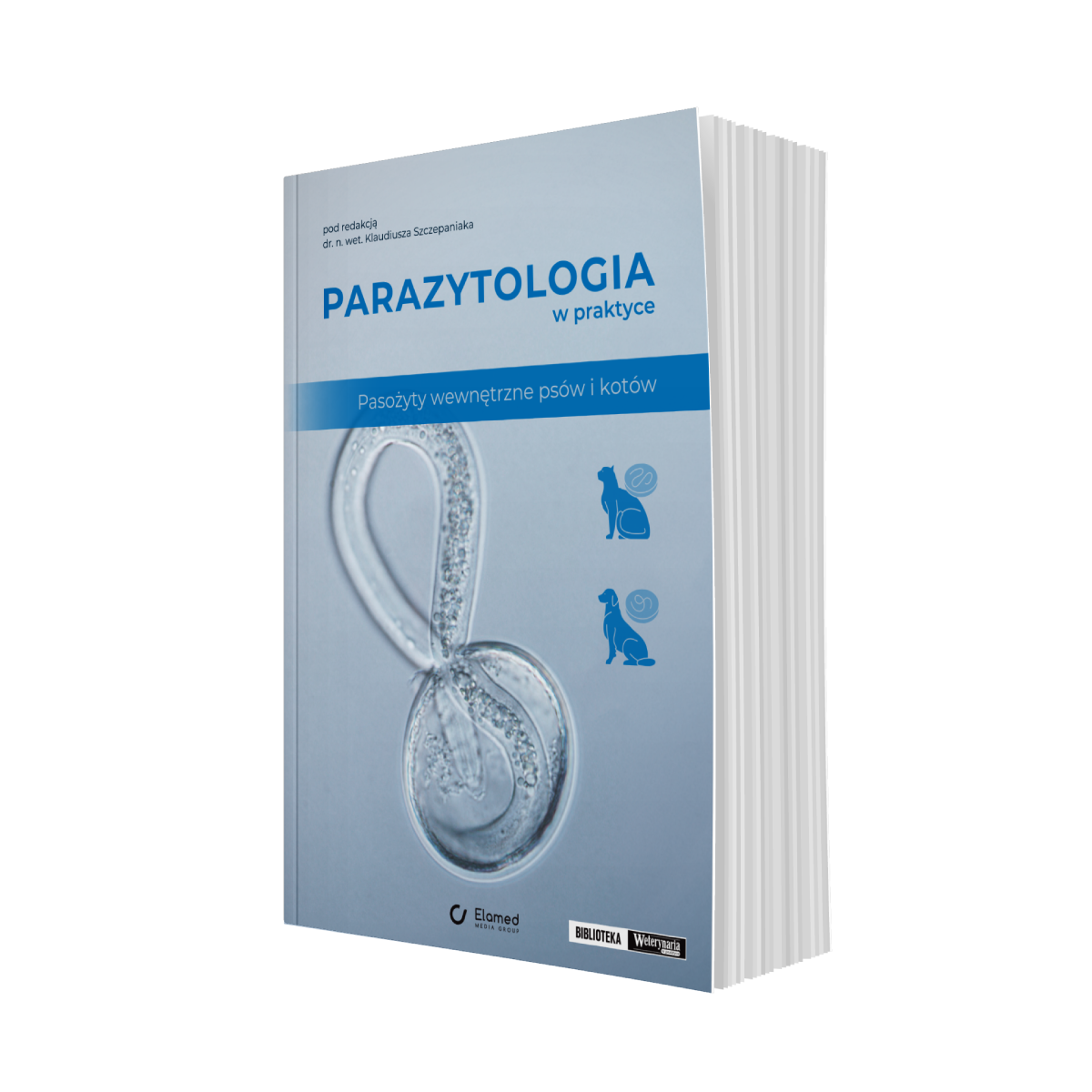Nowe technologie w diagnostyce parazytologicznej – automatyzacja w badaniu kału
Piśmiennictwo
- Ballweber L.R., Beugnet F., Marchiondo A.A., Payne P.A.: American Association of Veterinary Parasitologists’ review of veterinary fecal flotation methods and factors influencing their accuracy and use–is there really one best technique?. „Vet Parasitol”, 2014, 204 (1-2), 73-80.
- Cringoli G., Amadesi A., Maurelli M.P. et al.: The Kubic FLOTAC microscope (KFM): a new compact digital microscope for helminth egg counts. „Parasitology”, 2021, 148 (4), 427-434. DOI: 10.1017/S003118202000219X.
- Dryden M.W., Payne P.A., Ridley R., Smith V.: Comparison of common fecal flotation techniques for the recovery of parasite eggs and oocysts. „Vet Ther”, 2005, 6 (1), 15-28.
- https://www.esccap.org/guidelines/.
- Inácio S.V., Gomes J.F., Falcão A.X. et al.: Automated Diagnostics: Advances in the Diagnosis of Intestinal Parasitic Infections in Humans and Animals. „Front Vet Sci”, 2021, 8, 715406. DOI: 10.3389/fvets.2021.715406.
- Kostopoulou D., Claerebout E., Arvanitis D. et al.: Abundance, zoonotic potential and risk factors of intestinal parasitism amongst dog and cat populations: The scenario of Crete, Greece. „Parasit Vectors”, 2017, 10 (1), 43. DOI: 10.1186/s13071-017-1989-8.
- Nagamori Y., Hall Sedlak R., DeRosa A. et al.: Evaluation of the VETSCAN IMAGYST: an in-clinic canine and feline fecal parasite detection system integrated with a deep learning algorithm. „Parasit Vectors”, 2020, 13 (1) ,346. DOI: 10.1186/s13071-020-04215-x’.
- Nagamori Y., Sedlak R.H., DeRosa A. et al.: Further evaluation and validation of the VETSCAN IMAGYST: in-clinic feline and canine fecal parasite detection system integrated with a deep learning algorithm. „Parasit Vectors”, 2021, 14 (1), 89. DOI: 10.1186/s13071-021-04591-y.
- Saeed M.A., Jabbar A.: „Smart Diagnosis” of Parasitic Diseases by Use of Smartphones. „J Clin Microbiol”, 2017, 56 (1), e01469-17. DOI: 10.1128/JCM.01469-17.
- Šmigová J., Papajová I., Šoltys J. et al.: The occurence of endoparasites in Slovakian household dogs and cats. „Vet Res Commun”, 2021, 45 (4), 243-249. DOI: 10.1007/s11259-021-09804-4.
- Szczepaniak K., Tomczuk K., Jankuszew A., Leśniak P.: Robaczyca płuc psów i kotów. „Weterynaria w Praktyce”, 2019, 16, 96-98.
- Junkuszew A.: Wpływ stosowania antyhelmintyków na zmiany endoparazytofauny psów i kotów (The modification of andoparazytofauna of dogs and cats as the influence of use of antilelminthic drugs). [W:] Konferencja naukowo-szkoleniowa: „Współczesne kierunki badań w farmakologii i toksykologii weterynaryjnej”, Łańsk 2019, 25-28 czerwca, 57.
- Szczepaniak K., Tomczuk K., Studzińska M.: Występowanie pierwotniaków z rodzaju Giardia, Cryptosporidium, Entamoeba u psów i kotów na terenie Polski. VIII Konferencja „Niebezpieczne zoonozy – toksokaroza, toksoplazmoza, echinokokoza”, Warszawa 2018, 13.
dr n. wet. Klaudiusz Szczepaniak
prof. dr hab. Krzysztof Tomczuk
Zakład Parazytologii i Chorób Inwazyjnych
Katedra Parazytologii i Chorób Ryb
Wydział Medycyny Weterynaryjnej
Uniwersytet Przyrodniczy w Lublinie
ul. Głęboka 30, 20-612 Lublin
Badanie parazytologiczne kału, ,Badanie parazytologiczne kału Badanie parazytologiczne kału
Galeria
Mogą zainteresować Cię również
110
ALGORYTMY
POSTĘPOWANIA
w weterynarii
POSTĘPOWANIA
w weterynarii

